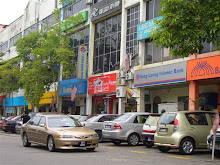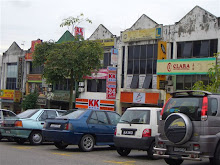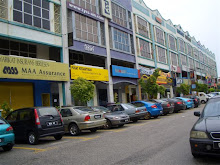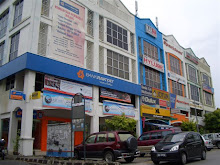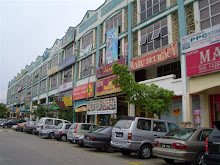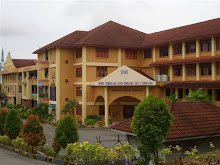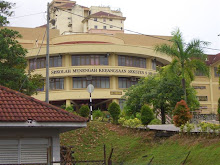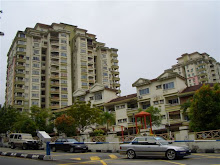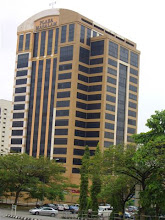.jpg)
.jpg)
.jpg)
.jpg)
.jpg)
.jpg)
.jpg)
.jpg)
.jpg)
.jpg)
.jpg)
.jpg)
Been There - Seen That
.jpg)
.jpg)
.jpg)
.jpg)
.jpg)
.jpg)
.jpg)
.jpg)
.jpg)
.jpg)
.jpg)
.jpg)
.jpg) Kara-mon main gate to Ninomaru Palace
Kara-mon main gate to Ninomaru Palace.jpg) Detail of the Kara-mon main gate
Detail of the Kara-mon main gate.jpg) Dr Mala, Yon and a friend in front of the gate
Dr Mala, Yon and a friend in front of the gate The temple in the middle of the lake
The temple in the middle of the lake
 Against the bsckdrop of the temple
Against the bsckdrop of the temple









Seoul is the capital and largest city of South Korea. With a population of over 10 million, It is one the the world's largest cities. The Seoul National Capital Area - which includes the major port city of Incheon and satellite towns in Gyeonggi-do, has 24.5 million inhabitants and is the world's second largest metropolitan area. As a Special City, Seoul is administered directly by the national government and is divided into 25 major districts. The city is located on the basin of the Han River in the country's northwest. The North Korean border lies about 50 km to the north. Seoul first appears in history in 18 BC, when the Baekje, one of the Three Korean Kingdoms, established its capital Wirye-seong in what is now south-east Seoul. Modern Seoul descends from the Goryeo-era city of Namgyeong, which then became the capital of Korea during the Joseon dynasty. The city has hosted the 1988 Summer Olympics and the 2002 FIFA World Cup.



















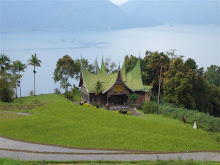.jpg)


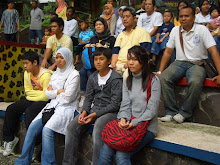
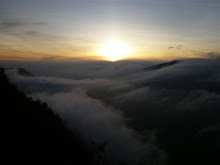

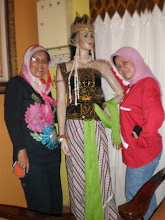
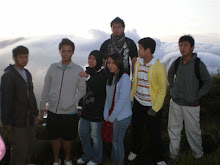
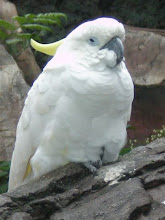


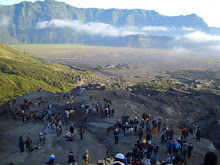


.jpg)


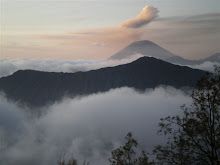
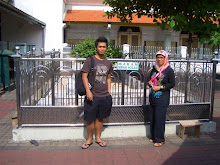
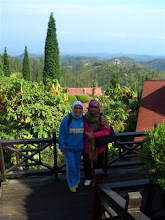
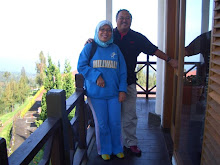

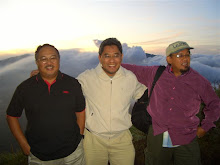
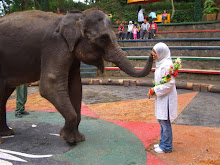

.jpg)
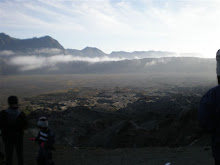
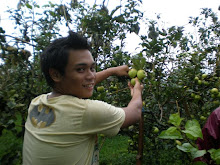
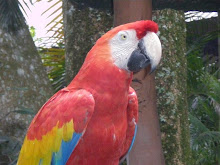

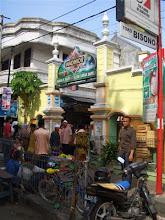

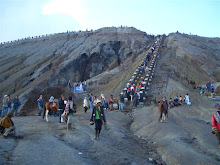
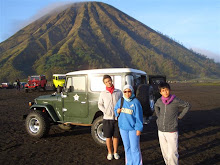


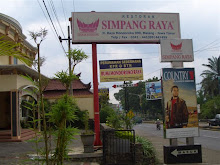
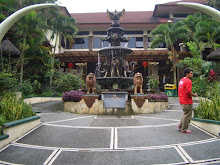
.jpg)


